You want to know the 11 Deadly Sins of Search Engine Optimization, right?
In the world of the internet, getting noticed is a big deal. That’s where Search Engine Optimization (SEO) comes in – it’s like a secret map that helps your website stand out in search results.
But here’s the catch: while trying to boost your online presence, there are 11 tricky things called the “Deadly Sins of SEO” that can mess things up.
Understanding SEO is super important, but it’s just as crucial to know about these pitfalls that can trip you up, no matter how experienced you are.
Let’s look at what SEO is all about, why it matters, and how to avoid these sneaky pitfalls that could sabotage your efforts online.
Table of Contents
Toggle11 Deadly Sins of Search Engine Optimization
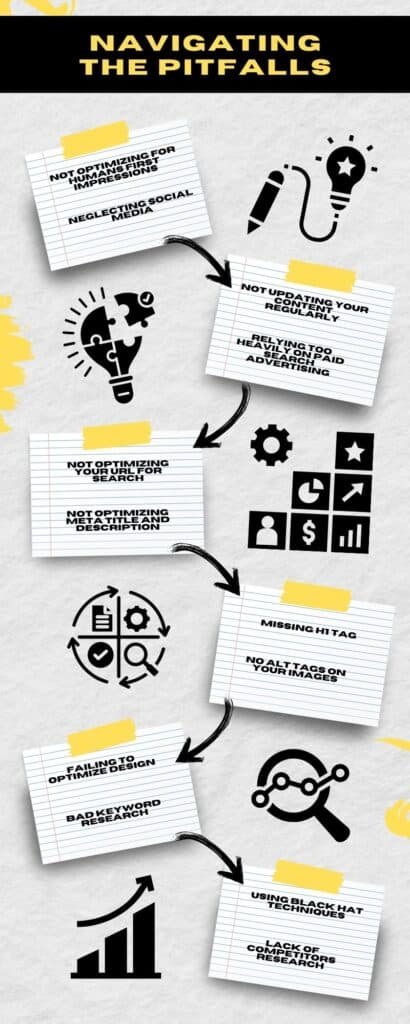
Sin 1: Neglecting Mobile Optimization
When it comes to getting found online, forgetting about mobiles is a big no-no.
Nowadays, search engines like Google care a lot about how well a website works on phones and tablets. They want sites to load fast and look good on any screen.
If a site isn’t mobile-friendly, it’s like locking the door on many potential visitors.
Search engines might show little love, meaning it won’t pop up high in search results.
So, ensuring a website rocks on mobile isn’t just about pleasing users – it’s also a big deal for getting noticed online.
Sin 2: Overlooking Technical SEO
Sin 2 in the world of SEO is about forgetting the tech that helps websites appear well in search results.
Technical SEO is like the backbone of a site—it’s about ensuring the website works smoothly for search engines.
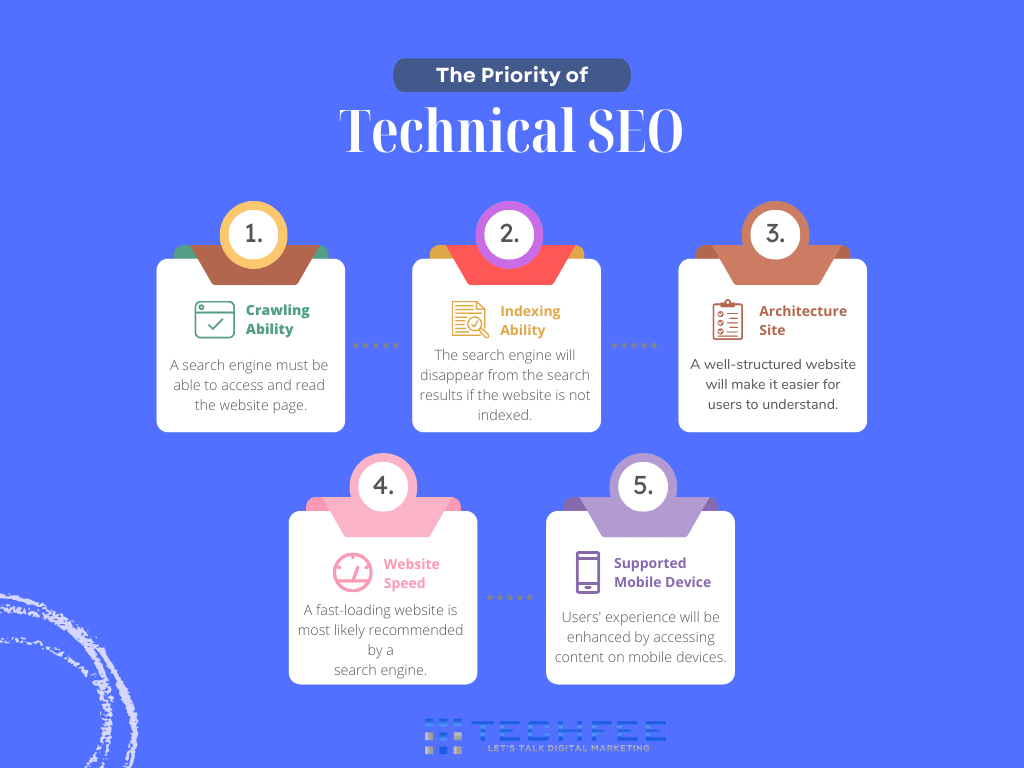
This means things like making the site load fast, making it easy to use on phones, organizing the info so search engines understand, and fixing any problems that could stop search engines from reading the site correctly.
Not paying attention to these things can seriously mess up how well a website appears in search.
Some common mistakes are not making the site work well on mobiles, ignoring broken links, not using XML sitemaps, and forgetting to add helpful info for search engines to understand the site.
Fixing these tech bits is essential for ensuring a website gets noticed and appears better in search results.
Sin 3: Keyword Stuffing and Irrelevant Content
Sin 3 in the world of SEO is when people stuff too many keywords into their content and write things that don’t match what users are looking for.
This is a big problem because using too many keywords can make the content easier to read and even punish the website by search engines.
It leads to creating stuff that doesn’t help people; it just tries to fit in many words.
To do SEO right, finding a balance is crucial—using keywords naturally while ensuring the content helps and interests the people reading it.
Focusing on making helpful and relevant content rather than just adding lots of keywords makes a website more valuable and keeps it from getting in trouble with search engines.
Sin 4: Ignoring User Experience (UX)
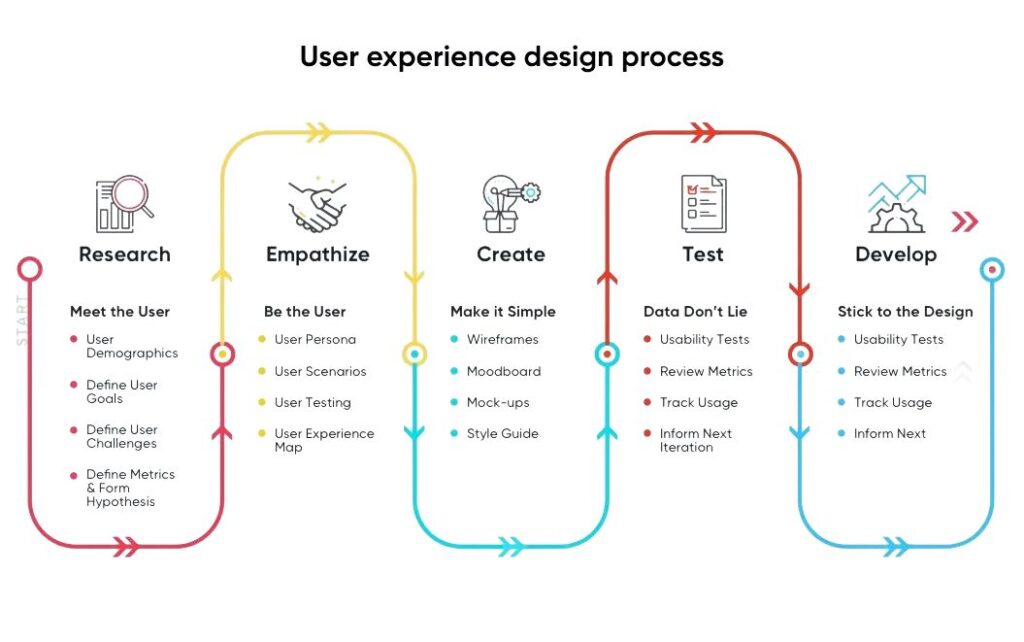
Sin 4 in the SEO world is about ignoring User Experience (UX). It’s like making a beautiful house but forgetting to make it comfy inside.
UX is super important online. It’s not just about making things look good but also about making them easy to use.
Search engines like Google don’t just care about keywords anymore. They also look at how people use a website.
People leave quickly if a website is challenging to use, making the website rank lower.
Websites that make things smooth for users often rank better in search engines.
Making websites work well on different devices, easy to navigate, and quick to load can make a big difference for SEO.
Sin 5: Slow Page Load Speed
When your webpage takes forever to load, it’s a big no-no in the SEO world.
Slow-loading pages annoy visitors, and search engines notice. They want people to have a good time surfing the web and favor sites that load quickly.
If your site is slow, it might rank lower in search results, and fewer people will find it. But fear not! There are ways to speed things up. You can make images smaller, use fancy tricks like caching, tidy up your website’s code, and even get help from CDNs to deliver your content faster.
Also, ensuring your website design works well on all devices and picking a good hosting service can work wonders for speeding up your page load times, making both users and search engines happy.
Sin 6: Neglecting Image Optimization
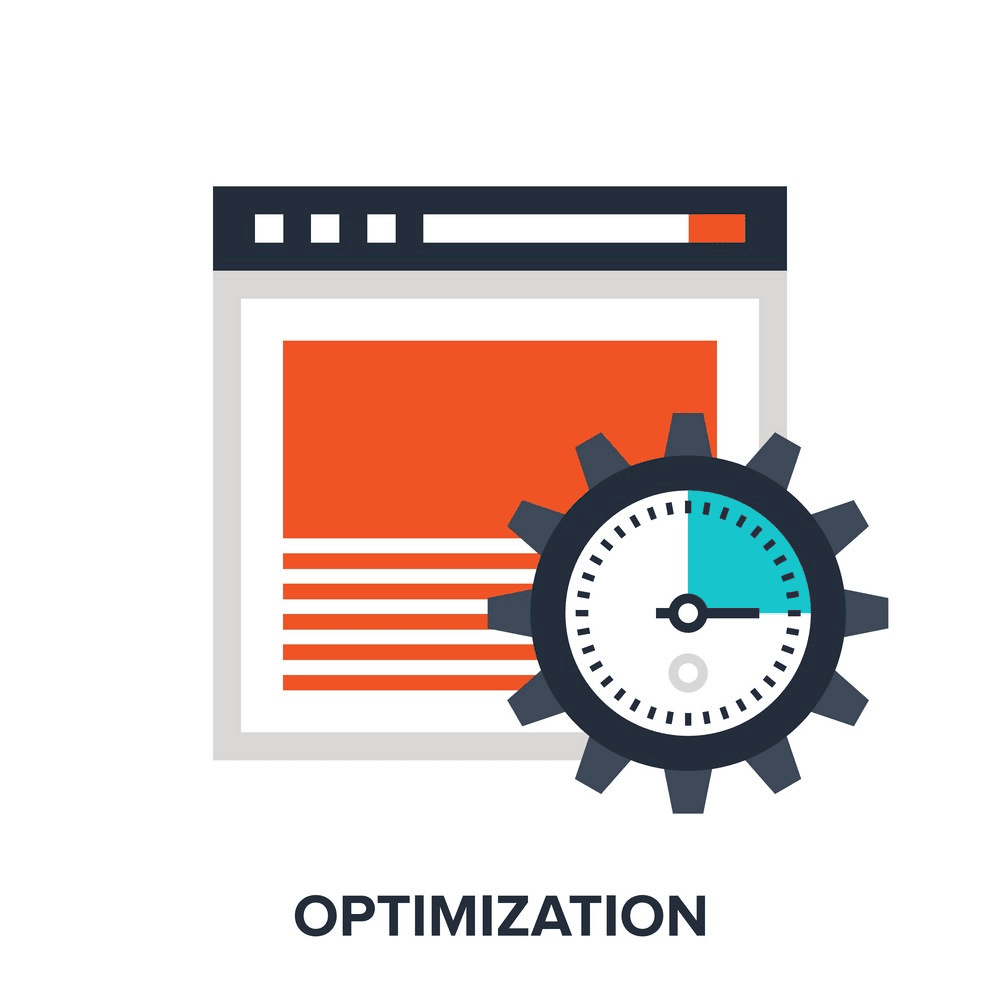
Sin 6 in Search Engine Optimization (SEO) often goes unnoticed yet bears significant results: Neglecting Image Optimization.
Images on a website can make a big difference in how people find it on search engines. So, doing some things to these images to help them show up better is essential.
This means ensuring images load fast, have names that describe them well, and include text that says what the image is about.
Doing these things not only helps search engines understand the images but also makes the website faster and easier to use for everyone.
It’s like giving the website a little boost to be more popular online!
Sin 7: Lack of Quality Backlinks
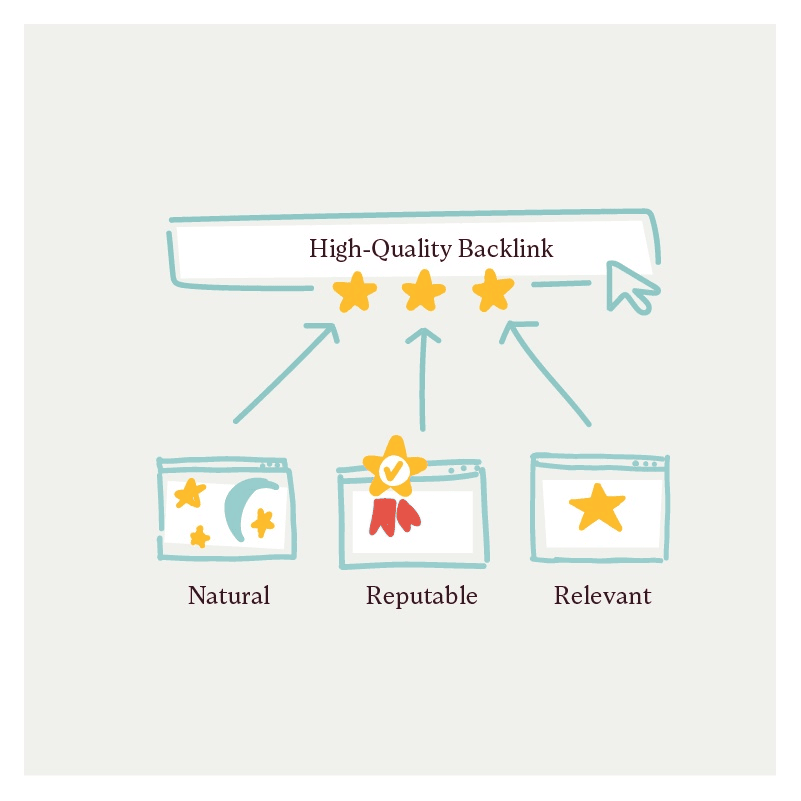
Sin number 7 in SEO needs better backlinks on your site.
Think of backlinks as stamps of approval from other excellent websites.
They tell search engines that your site is trustworthy and worth showing to people. But here’s the deal: quality, not quantity, matters with these links. Getting good backlinks means playing it smart.
You create fantastic stuff, connect with essential folks in your field, and share your work in guest posts on other sites.
Doing this means your site gets love from trustworthy places, making search engines happy and boosting your site’s chances of being seen.
If you ignore this sin, your site might struggle to stand out because search engines dig sites with solid, legitimate backlinks.
Sin 8: Duplicate Content Issues
Sin 8 in SEO Land is all about dealing with the problem of duplicate content.
Imagine copying your homework from someone else – search engines don’t like it when they find the same stuff in different places.
It messes up how your website appears in searches and can even get you in trouble with search engines like Google.
To fix this, you need to use special tools and tricks. Things like checking all your content, using specific tags, and setting up redirects greatly help.
These tricks fix the problem and tell search engines which version of your content is the real deal, saving your website from getting lost in the duplicate content maze.
Sin 9: Not Utilizing Schema Markup
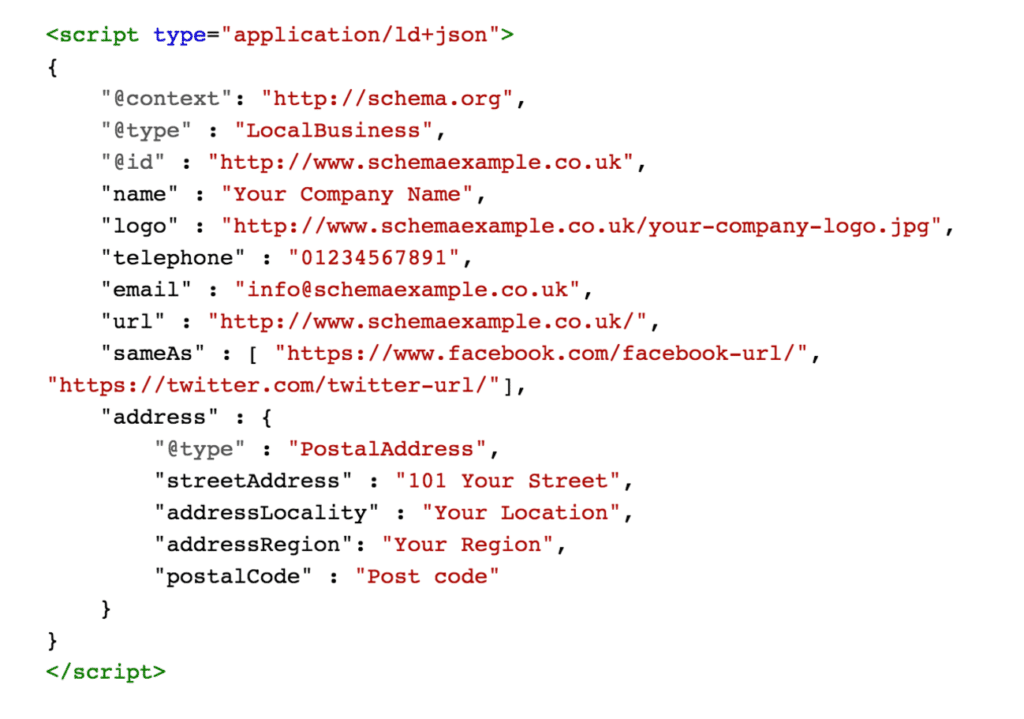
Sin number 9 in the world of SEO needs to remember Schema Markup, like giving search engines a map to understand your website better.
Using Schema Markup helps search engines grasp what your content is about and show it more clearly to people searching online.
It’s like putting labels on things, making it easier for search engines to organize and display your content in a way that grabs attention.
When you use Schema Markup right, it boosts how often your site pops up in search results and how many people click on it. The trick is to match up different types of Schema with the right stuff on your website, whether it’s articles, events, products, or other things.
Doing this well doesn’t just help search engines; it makes your site more exciting and valuable for anyone looking things up online.
Sin 10: Disregarding Local SEO Strategies
Ignoring local SEO is like missing out on customers right at your doorstep.
It’s super important for businesses because it helps them get noticed by people looking for what they offer nearby.
To do well in local search, businesses must use the right words for their area, ensure they appear on Google Maps, and get good reviews online.
Please pay attention to these things so they can avoid losing out on many potential customers actively searching for local stuff. It’s like leaving money on the table!
Sin 11: Failing to Analyze and Adapt
Failing to “Analyze and Adapt” in SEO means not looking at how things are going and not changing when needed.
Looking at SEO analytics is super important. It’s like a map showing you where to go.
You can learn a lot by checking where your website visitors come from and what words they use.
Plus, always trying to make things better is critical. It means tweaking your plans based on the numbers, like trying different things and seeing what works best.
Regular checks, comparing with others, and adjusting your strategy helps you stay ahead online. Being ready to change and improve is the secret to doing well in SEO.
Here is stuff you should know before making those SEO improvements we talked about
Understanding the critical SEO pitfalls to avoid, you’re now poised to enhance your website for increased traffic.
Yet, before diving into optimization, conducting thorough keyword research is crucial.
Rushing into website optimization sans proper keyword groundwork needs to be corrected.
Exploring SEO tools like Semrush, Ahrefs, or Ubersuggest through a free trial is advisable. These tools furnish detailed reports on high ROI keywords. Activating your trial allows you to identify keywords worthy of content creation.
However, more than crafting content solely around random keywords will be required. Steering clear of high-difficulty keywords is sensitive.
Competing for these in SEO poses a challenge due to the stronger competition. Google favors websites with proven track records of avoiding SEO errors and consistently producing top-notch, optimized content.
SEO entails optimization and a consistent stream of authoritative, quality, and original content. Without regular publishing, ranking for high-difficulty keywords becomes improbable.
Soon, we’ll delve deeper into understanding keyword difficulty and leveraging it for top-ranking strategies.
For now, prioritize low-difficulty keywords. SEO tools assist in assessing your website’s Domain Authority (DA). Targeting keywords equal to or below your site’s difficulty level increases ranking prospects.
Although aiming for more challenging keywords is ideal, with persistent SEO efforts, your site’s authority grows, enhancing your ability to rank for more challenging keywords over time.
Conclusion
Okay, wrapping things up: SEO can be tricky, with many traps that seem like shortcuts.
Remember the 11 big mistakes we talked about? They show us that the key to doing SEO well is keeping a close watch and being ready to change.
Using too many keywords or ignoring mobile users can trip you up. To do great in the online world, we’ve got to keep learning, adjusting, and doing things the right way.
By steering clear of these mistakes and being flexible, we set ourselves up for success in the SEO game.
Frequently Asked Questions
What Is Seo, And Why Would You Need It?
SEO stands for Search Engine Optimization. It's a set of practices aimed at improving a website's visibility and ranking on search engines like Google. By optimizing various elements such as content, keywords, and site structure, SEO helps attract more organic (unpaid) traffic to a website.
A strong SEO strategy is crucial because it ensures your site appears higher in search results, increasing the chances of being discovered by potential customers or users. Essentially, it's about making your online presence more accessible and appealing to those searching for what you offer.
What Are The Tools To Check Content Originality?
Several tools are available to check content originality, such as Turnitin, Copyscape, Grammarly, and Quetext. These tools use various algorithms to compare content against a vast database of existing materials to detect any similarities or instances of plagiarism.
How Do You Identify Poor Content?
Poor content can often be identified by several key markers, such as shallow or inaccurate information, lack of credibility or sources, poor structure, grammar, spelling errors, and a failure to engage or add value to the audience.
Why Are Permalinks, Categories, And Tags Important?
Permalinks, categories, and tags are essential for organizing and optimizing content on a website.
- Permalinks create accessible, memorable URLs that improve user experience and aid search engines in understanding the content's relevance.
- Categories help structure content, making navigation more accessible for visitors and allowing search engines to better index and categorize the site's pages.
- Tags provide more granular information, enabling detailed organization and making it more straightforward for users to find related content.
These elements enhance user engagement, site navigation, and search engine visibility, contributing significantly to a website's usability and discoverability.
How To Create A Universal Content Strategy?
Creating a universal content strategy involves:
- Understanding your audience.
- Establishing clear objectives.
- Conducting thorough research.
- Adapting your content to resonate across different platforms and cultures.
It requires a balance between consistency and flexibility, ensuring your message remains coherent while catering to diverse preferences and needs.
How long does it take to recover from SEO pitfalls?
The time it takes to recover from SEO pitfalls varies significantly based on the extent of the issues and the strategies implemented for recovery. Minor setbacks take a few weeks to address, while more severe problems could take several months to regain lost rankings and traffic.
Can SEO Be Used For YouTube?
Yes, SEO (Search Engine Optimization) can be used for YouTube. Optimizing video titles, descriptions, tags and using relevant keywords can improve a video's visibility and ranking in YouTube search results, making it easier for users to find and watch.
What are some immediate steps to rectify SEO mistakes?
To rectify SEO mistakes quickly:
- Start auditing your site for broken links, duplicate content, or missing meta tags.
- Prioritize fixing these issues, optimize content with relevant keywords, improve site speed, and ensure mobile-friendliness.
- Submit an updated sitemap to search engines for re-crawling, and consider reaching out for professional assistance if needed.
Can outsourcing SEO help in avoiding these sins?
Yes, outsourcing SEO (Search Engine Optimization) can help avoid these sins by leveraging expertise, staying updated with search engine algorithms, and implementing ethical strategies to improve website visibility without using black-hat tactics.
Are there industry-specific SEO mistakes to be wary of?
There are industry-specific SEO mistakes that businesses should be cautious about. Each industry has its unique landscape, keywords, and audience behaviors.
Some common pitfalls include overlooking local SEO for brick-and-mortar businesses, neglecting mobile optimization for industries with high mobile traffic, and failing to target niche keywords relevant to specific sectors. Understanding these nuances is critical to crafting an effective SEO strategy tailored to a particular industry.
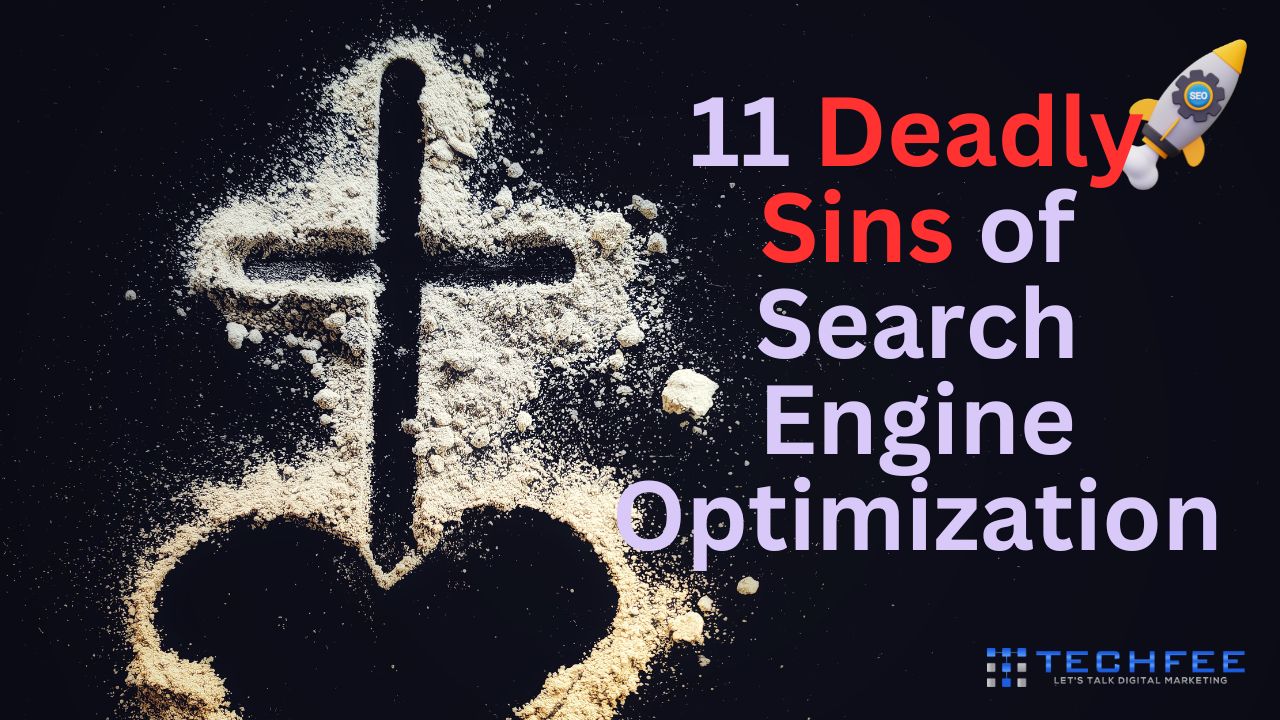






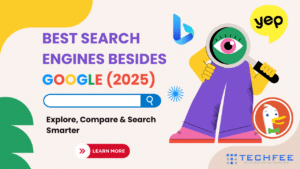
1 thought on “<strong>Understanding the 11 Deadly Sins of Search Engine Optimization: Navigating the Pitfalls</strong>”
I do not even understand how I ended up here, but I assumed this publish used to be great